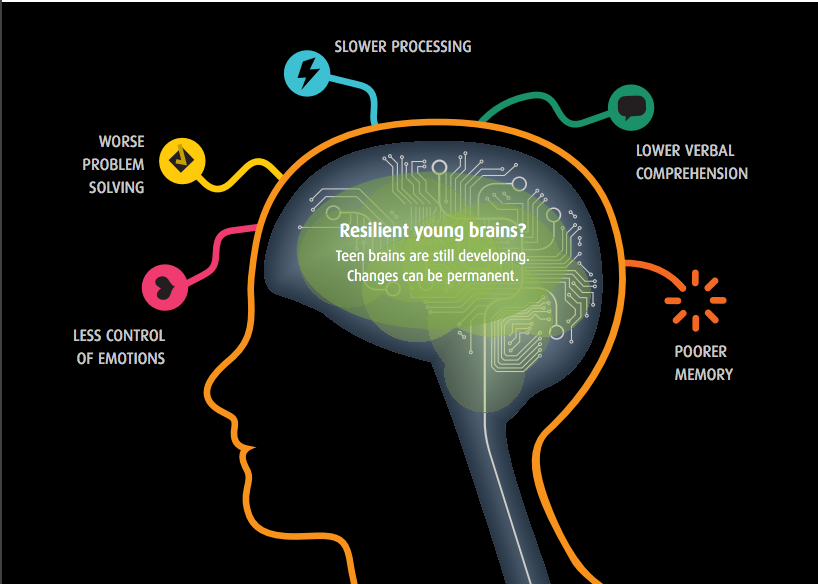
Heroin’s Impact on Neurotransmitter Systems and Supporting Amino Acids
Heroin, a potent opioid, exerts its powerful effects on the brain by directly interacting with neurotransmitter systems, particularly those associated with pleasure, reward, and pain. To comprehend the intricate relationship between heroin and neurotransmitters, it’s essential to delve into the science behind this highly addictive substance and explore how specific amino acids can play a role in supporting recovery.
Heroin and Neurotransmitter Systems
- Dopamine: Dopamine is a neurotransmitter often referred to as the brain’s “feel-good” chemical. It plays a pivotal role in reward, pleasure, and motivation. Heroin use triggers a surge of dopamine in the brain, creating intense feelings of euphoria. Over time, repeated heroin use can lead to the brain’s desensitization to natural rewards, making the drug the primary source of pleasure for the user.
- Endorphins: Endorphins are the body’s natural painkillers and mood enhancers. Heroin binds to the same receptors as endorphins, leading to pain relief and an overall sense of well-being. This is why heroin users often report feeling “numb” to physical and emotional pain during the high.
- GABA (Gamma-Aminobutyric Acid): GABA is the brain’s primary inhibitory neurotransmitter. Heroin enhances the effects of GABA, leading to a pronounced sedative effect. This results in drowsiness, relaxation, and a feeling of calm.
- Glutamate: Glutamate is the brain’s primary excitatory neurotransmitter. Heroin’s depressant effects reduce glutamate activity, contributing to the drug’s calming and sedative properties.
Supporting Amino Acids in Heroin Recovery
While heroin’s impact on neurotransmitter systems is profound, certain amino acids can play a supportive role in the recovery process. Amino acids are the building blocks of proteins and are essential for various bodily functions, including neurotransmitter synthesis. Here are some amino acids that may be beneficial for individuals recovering from heroin addiction:
- L-Tyrosine: L-Tyrosine is a precursor to dopamine, the neurotransmitter closely associated with pleasure and reward. During heroin use, dopamine levels become dysregulated. Supplementing with L-tyrosine may help support the brain’s natural dopamine production, potentially reducing cravings and improving mood.
- L-Glutamine: L-Glutamine is an amino acid that may help reduce cravings for heroin. It plays a role in stabilizing blood sugar levels, which can fluctuate during withdrawal, contributing to cravings. Additionally, L-glutamine supports the health of the gastrointestinal system, which can be compromised during heroin use.
- L-Tryptophan: L-Tryptophan is a precursor to serotonin, a neurotransmitter associated with mood regulation and well-being. Heroin use can deplete serotonin levels, contributing to feelings of depression and anxiety during withdrawal. Supplementing with L-tryptophan may help support serotonin production and alleviate these symptoms.
- N-Acetylcysteine (NAC): NAC is not an amino acid but a derivative of the amino acid cysteine. It has shown promise in reducing cravings for opioids, including heroin. NAC may work by modulating glutamate levels in the brain, helping to restore balance in the excitatory and inhibitory systems.
- DL-Phenylalanine (DLPA): DLPA is a combination of the amino acids D-phenylalanine and L-phenylalanine. It may help alleviate pain and improve mood during heroin withdrawal. D-phenylalanine is thought to inhibit the breakdown of endorphins, prolonging their pain-relieving effects.
Important Considerations:
- Amino acid supplementation should be approached with caution and under the guidance of a healthcare professional.
- Amino acids alone are not a substitute for comprehensive addiction treatment, which should include behavioral therapy, counseling, and, in some cases, medication-assisted treatment (MAT).
- Recovery from heroin addiction is a complex process that requires a holistic approach, addressing physical, psychological, and social aspects of the addiction.
In conclusion, heroin’s interaction with neurotransmitter systems, particularly dopamine and endorphins, plays a pivotal role in its addictive nature. Understanding this interaction can shed light on the challenges individuals face during withdrawal and recovery. While amino acids like L-tyrosine, L-glutamine, L-tryptophan, NAC, and DLPA may offer some support in the recovery process, they should be considered as part of a comprehensive treatment plan that includes professional guidance and therapy.